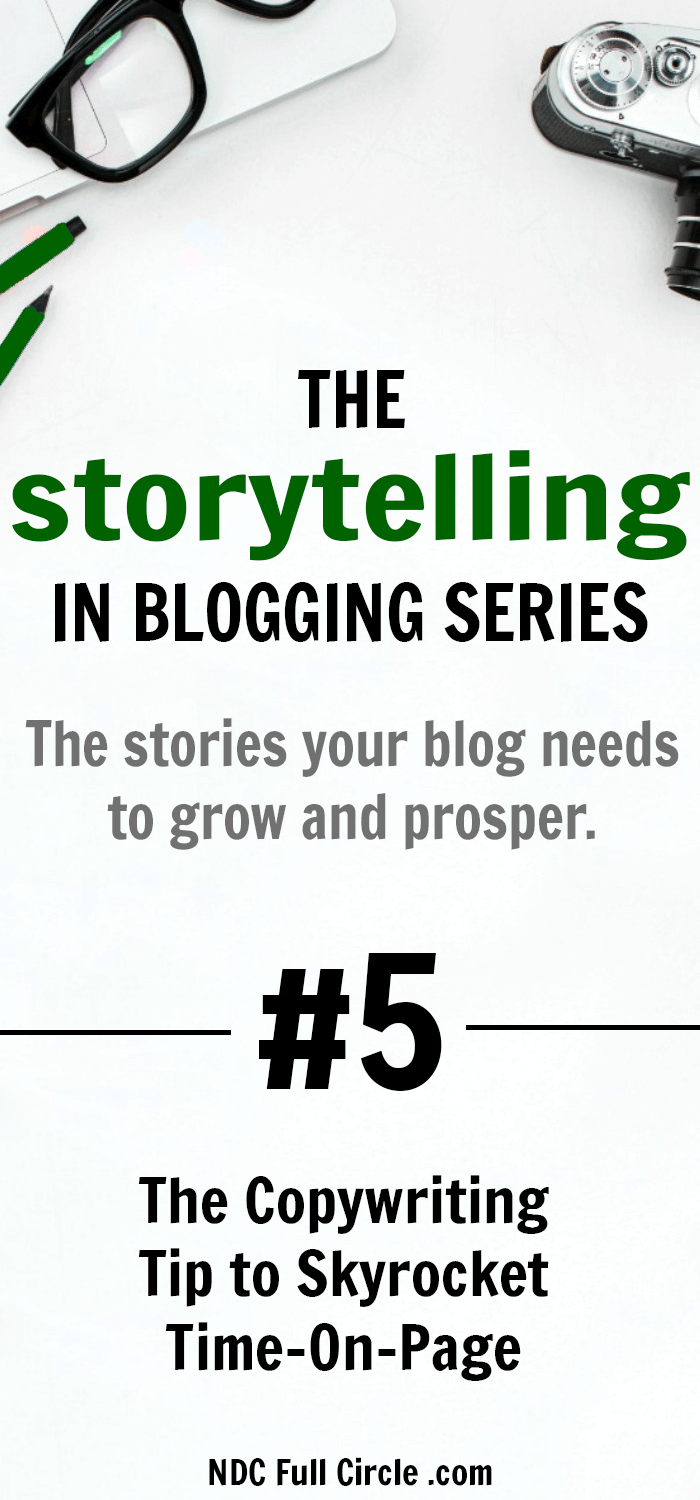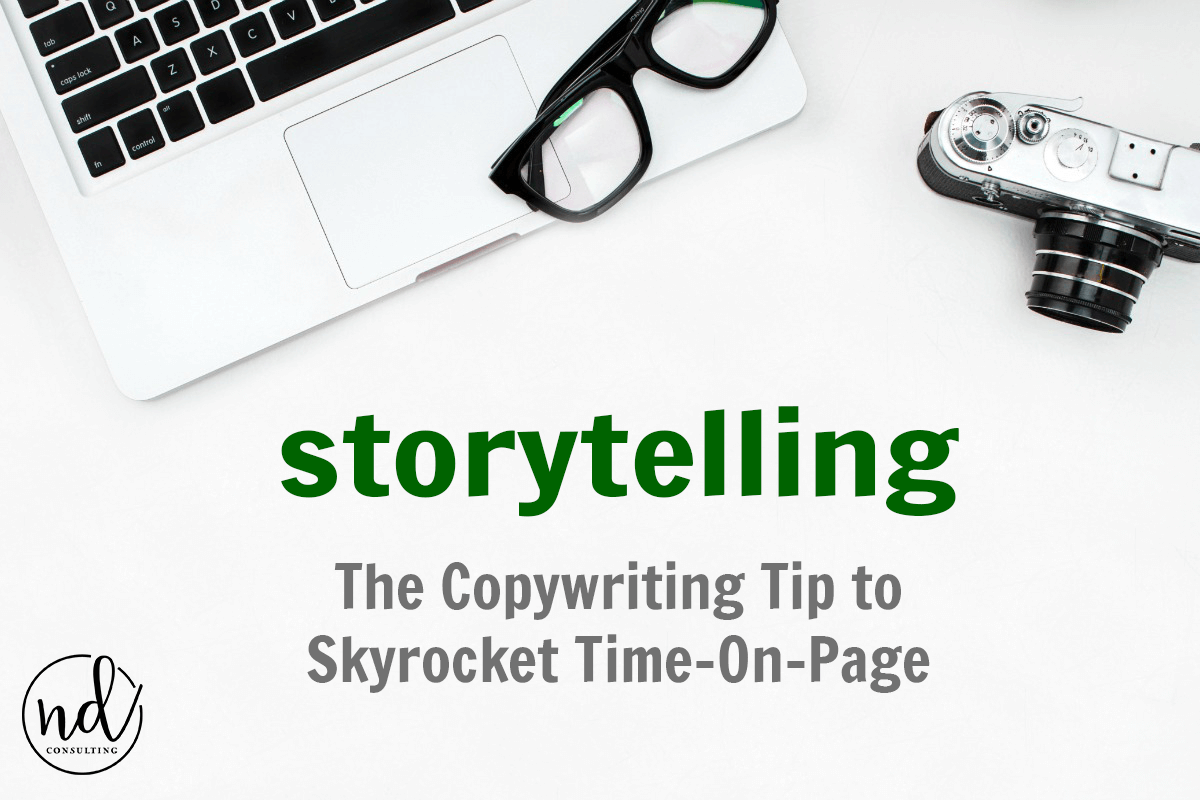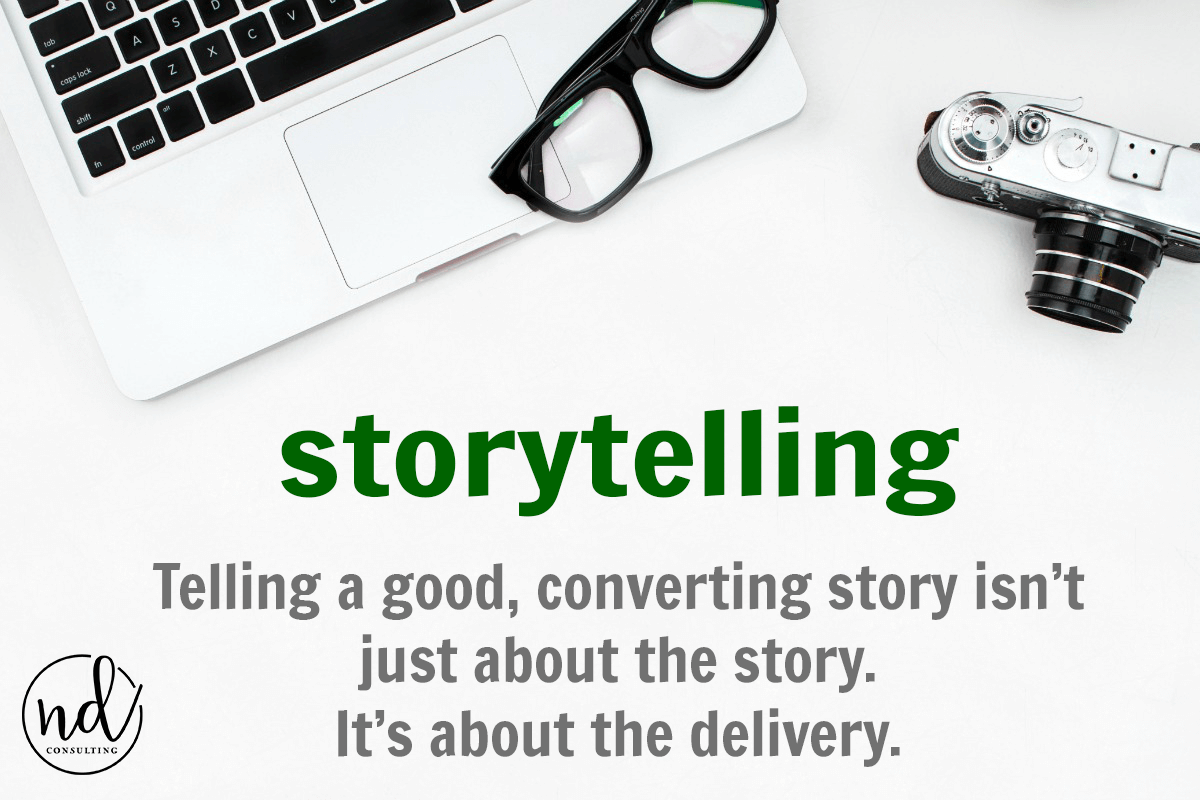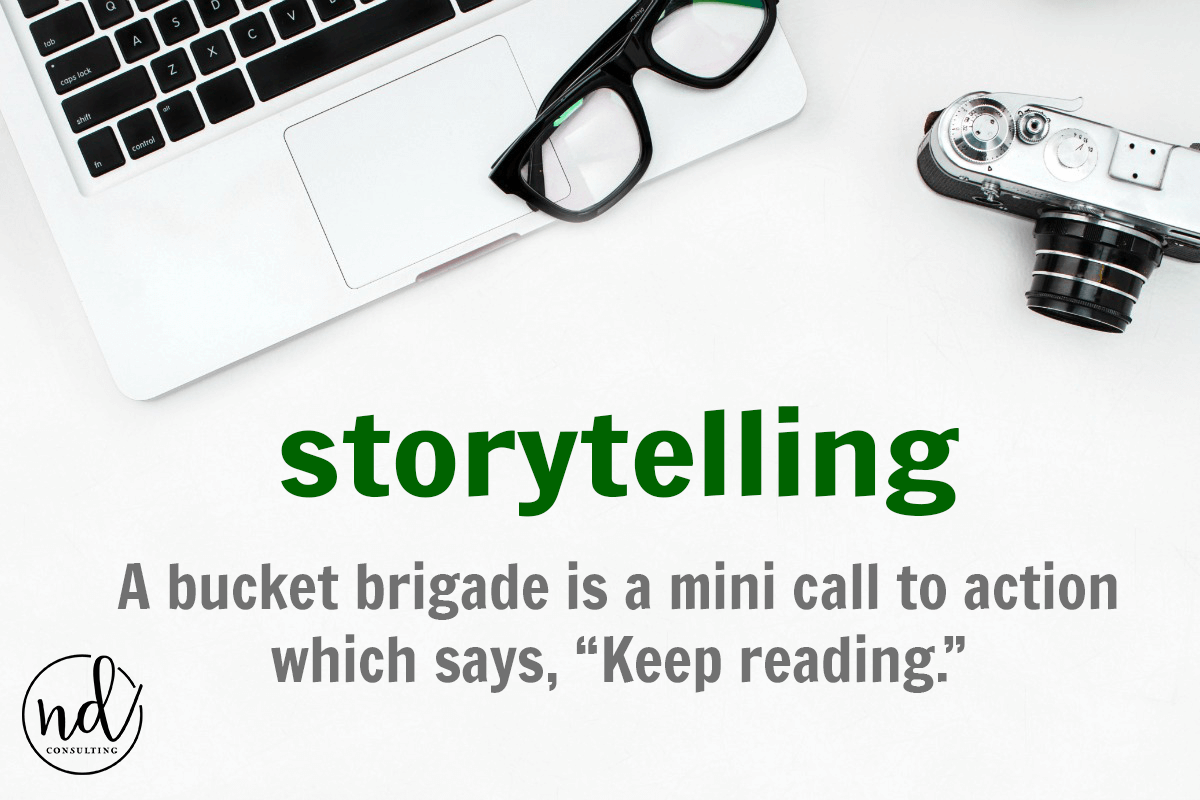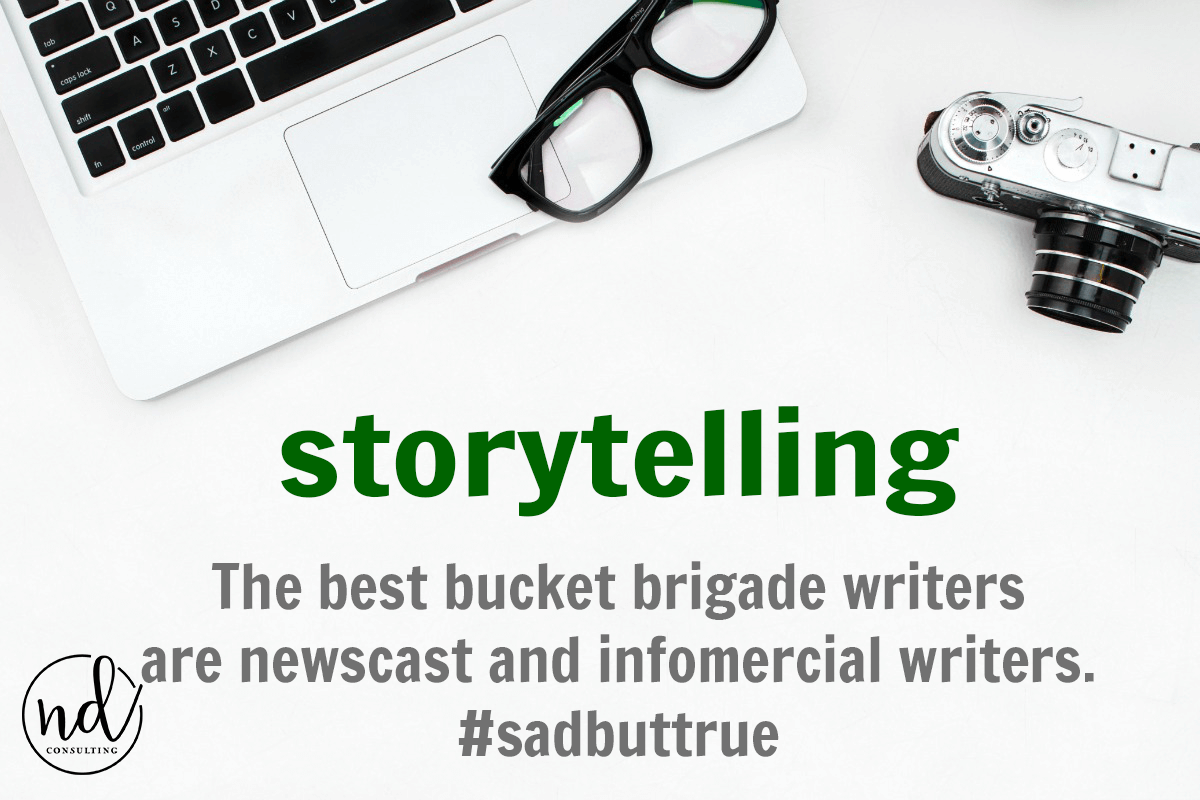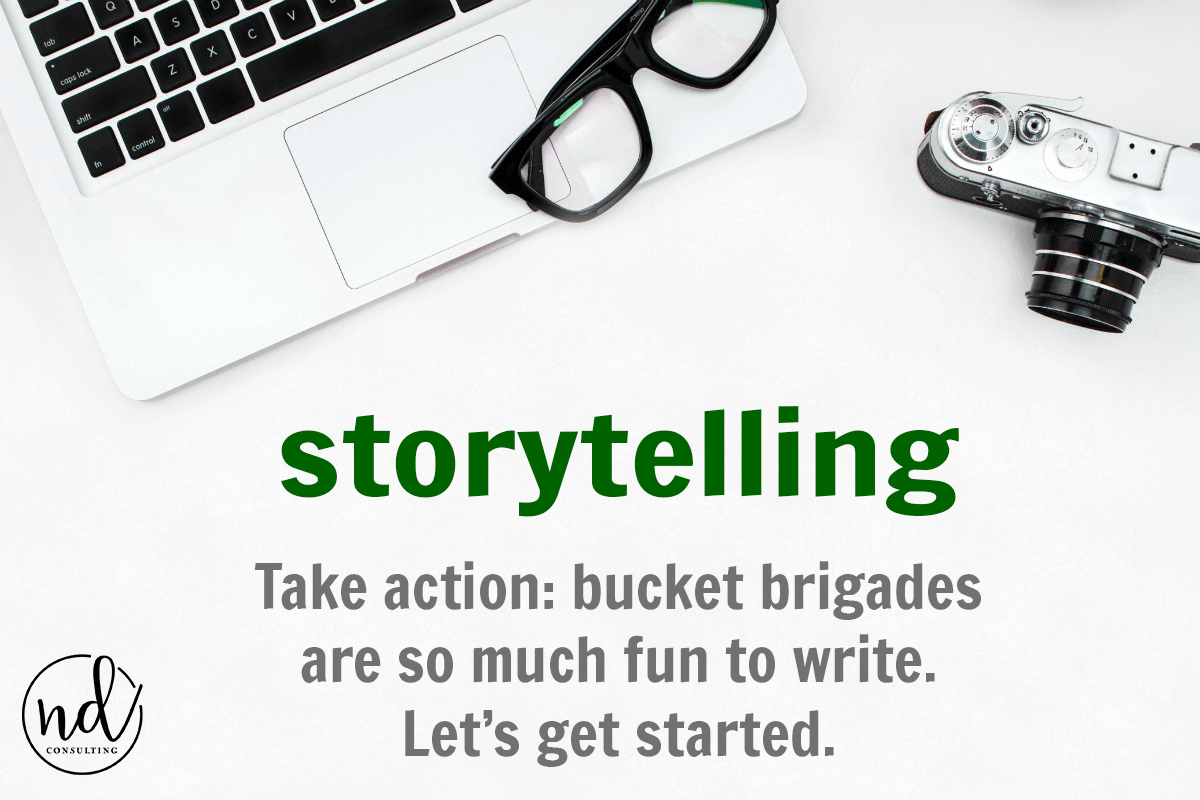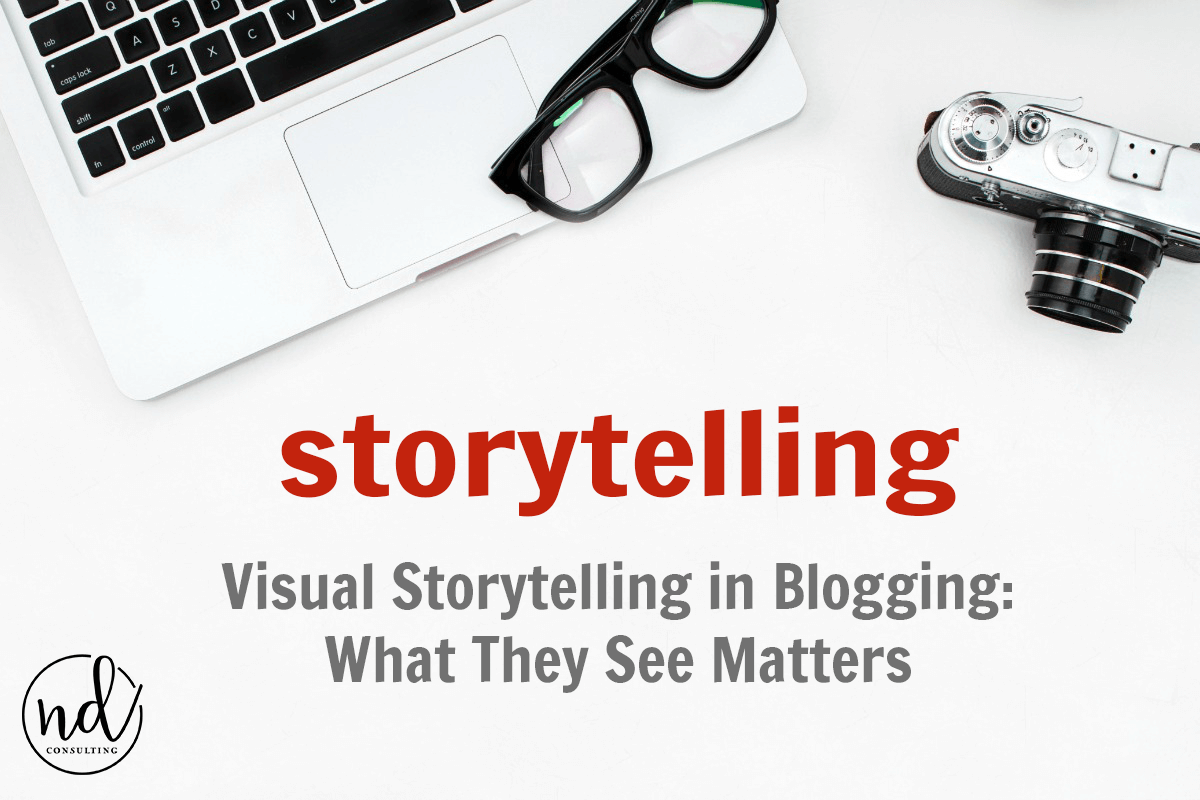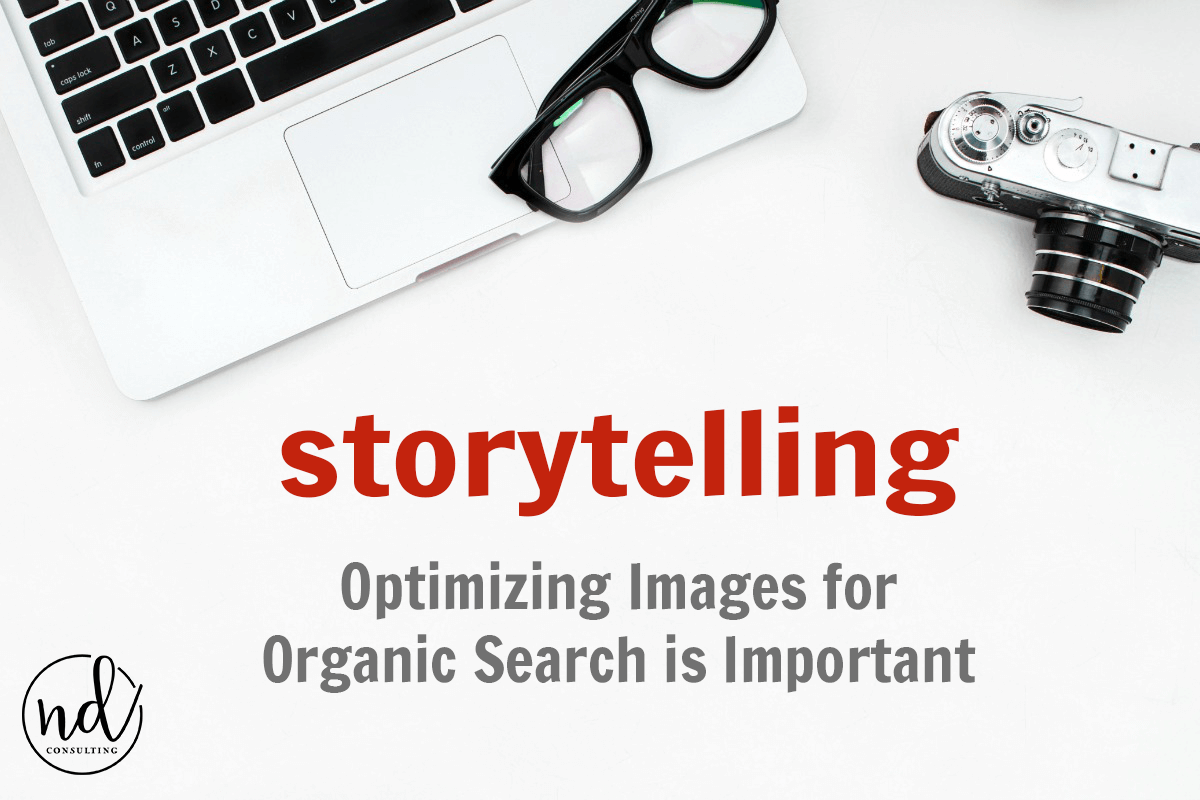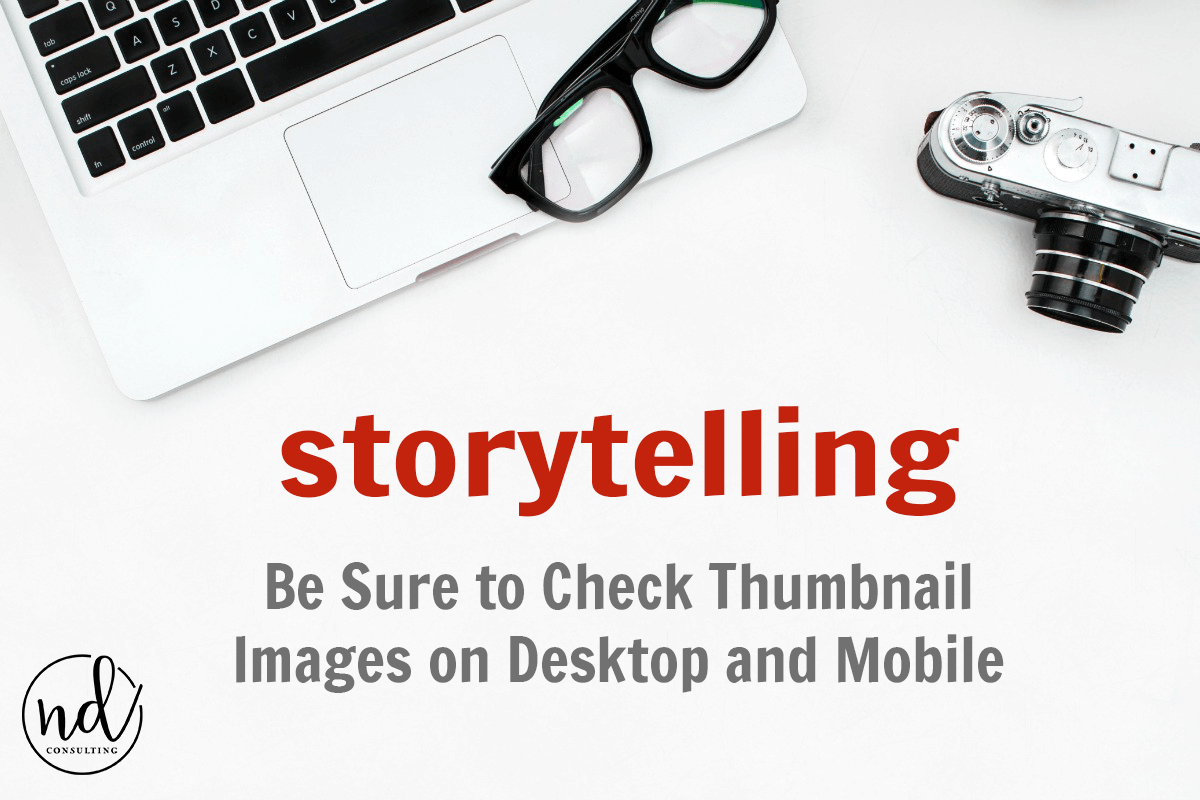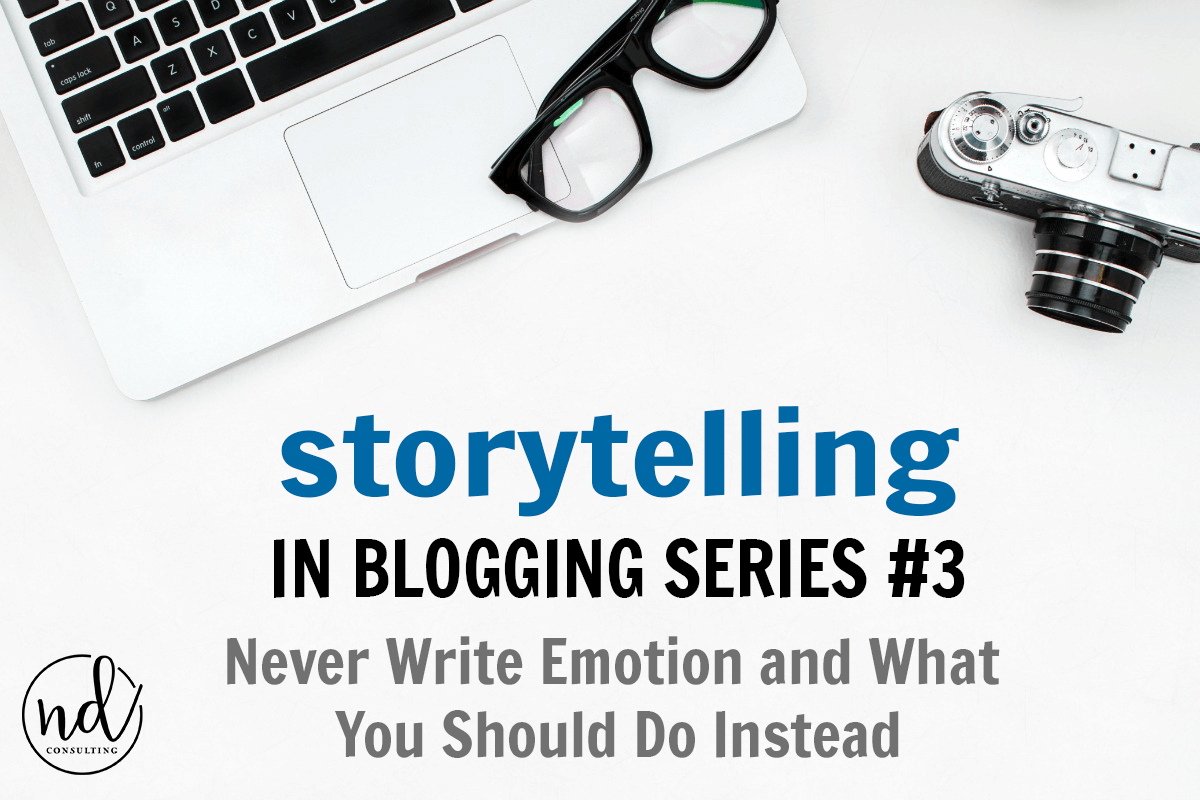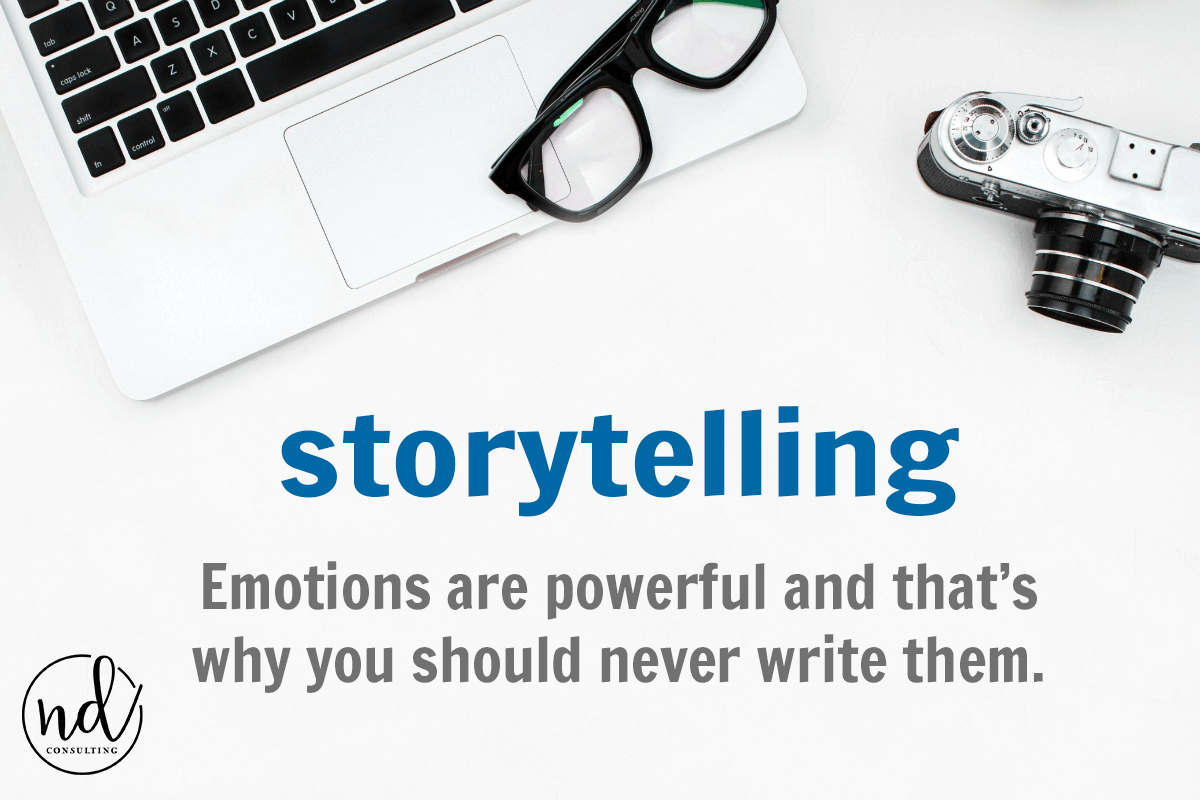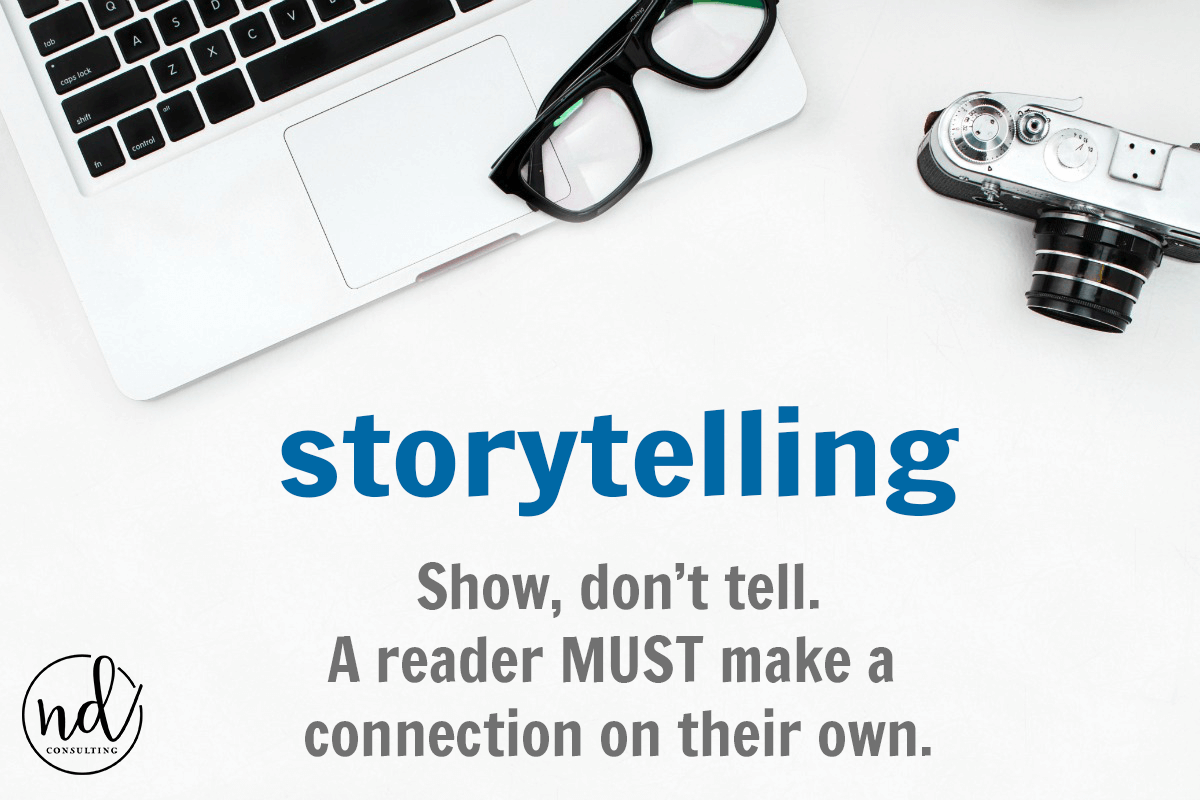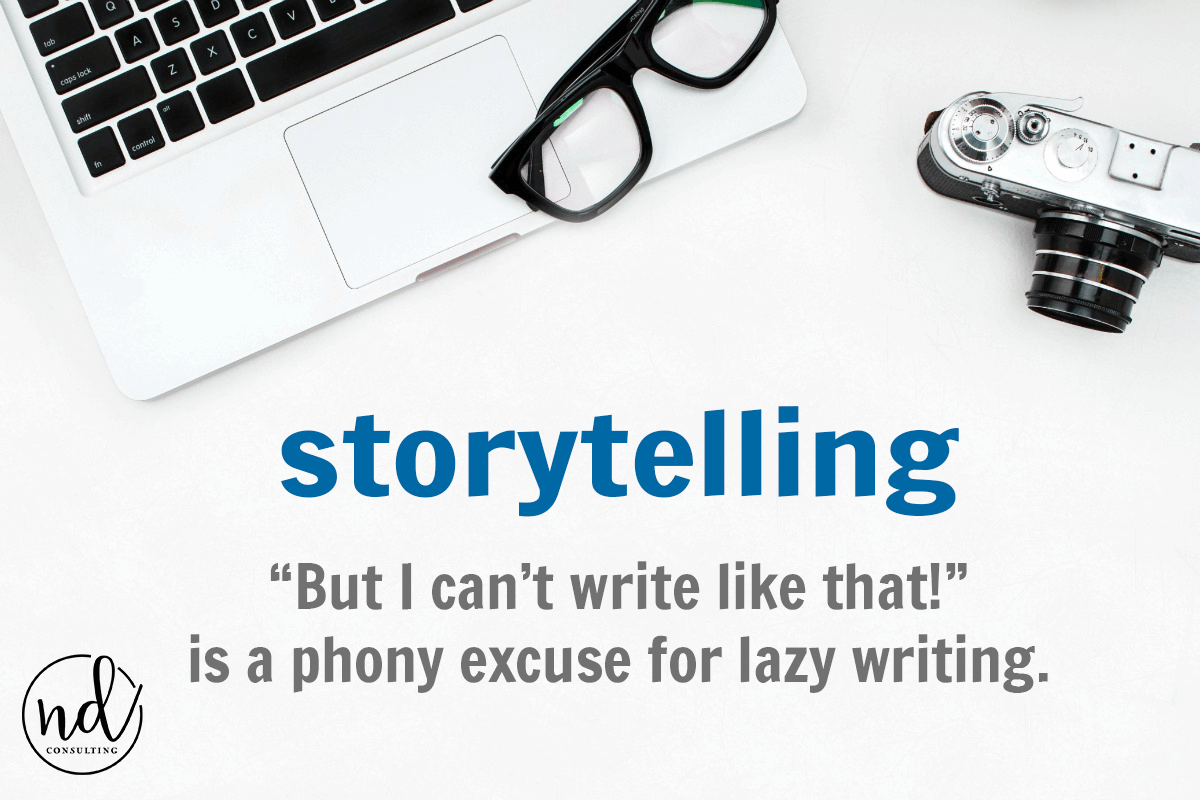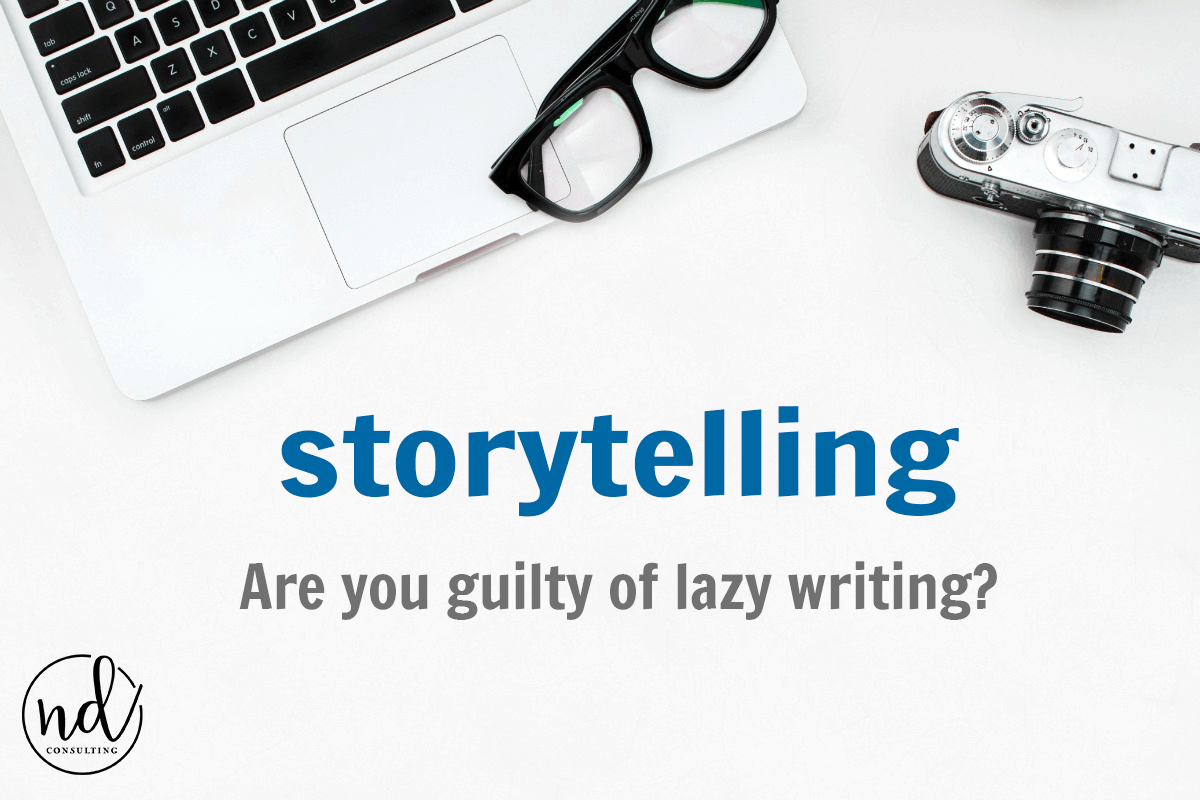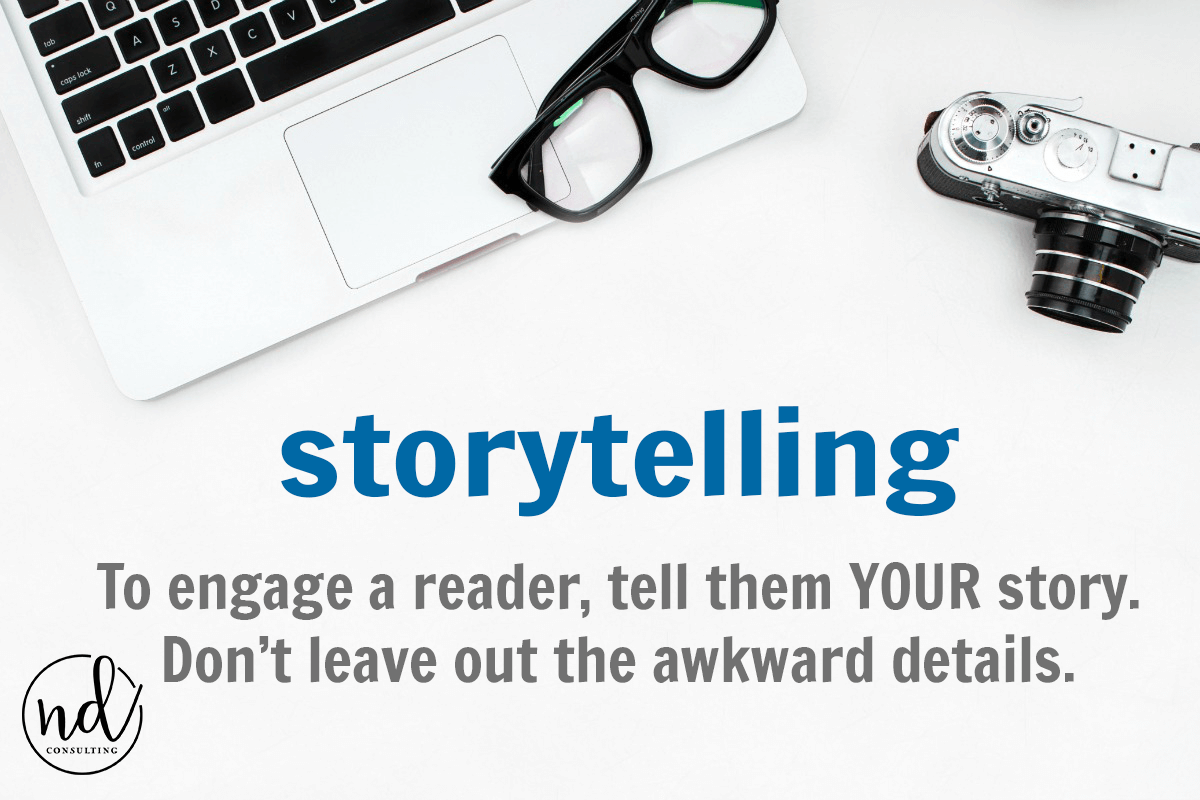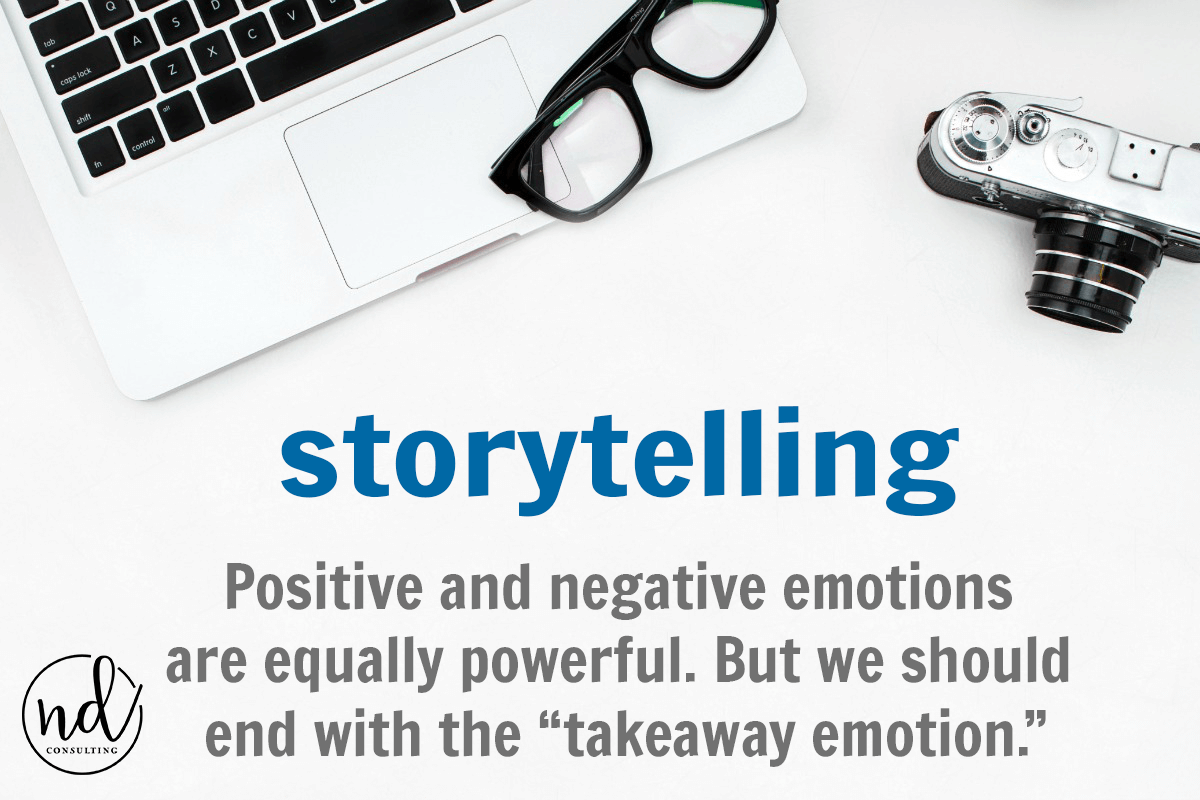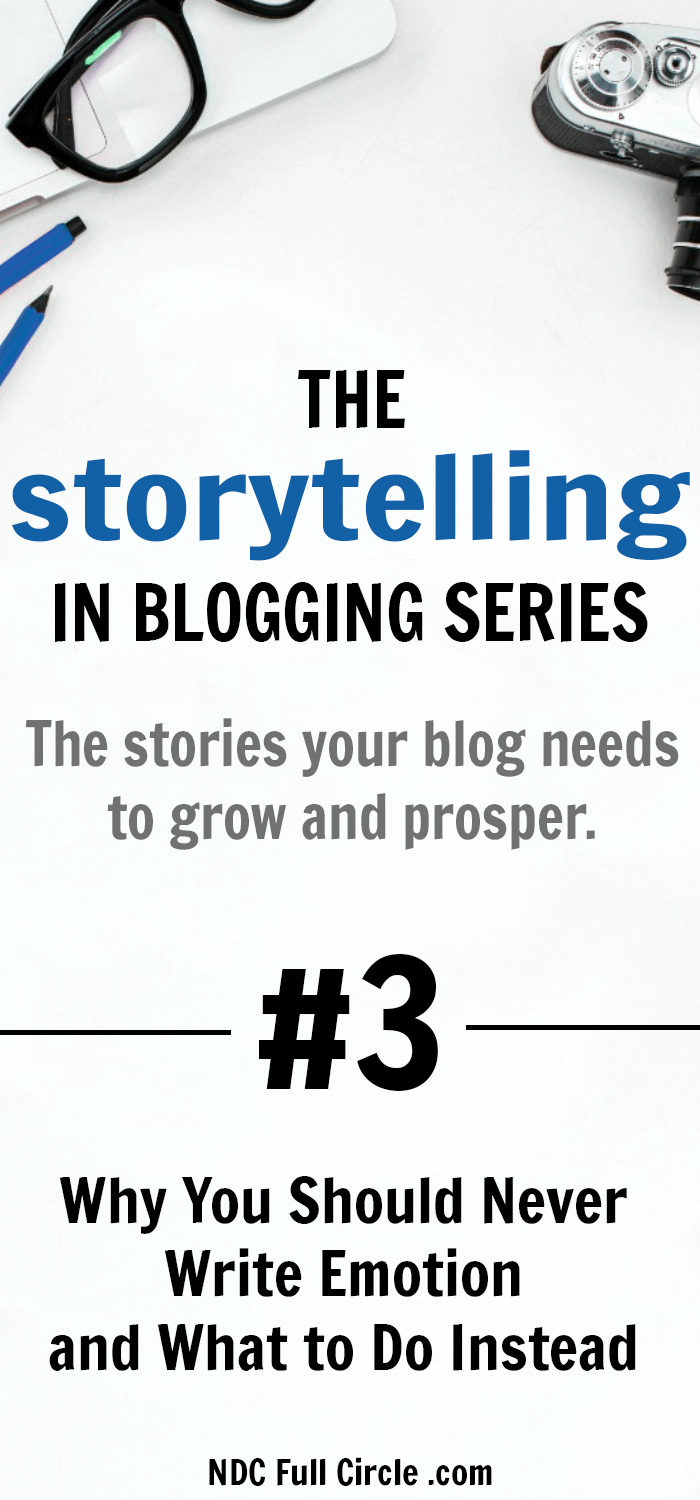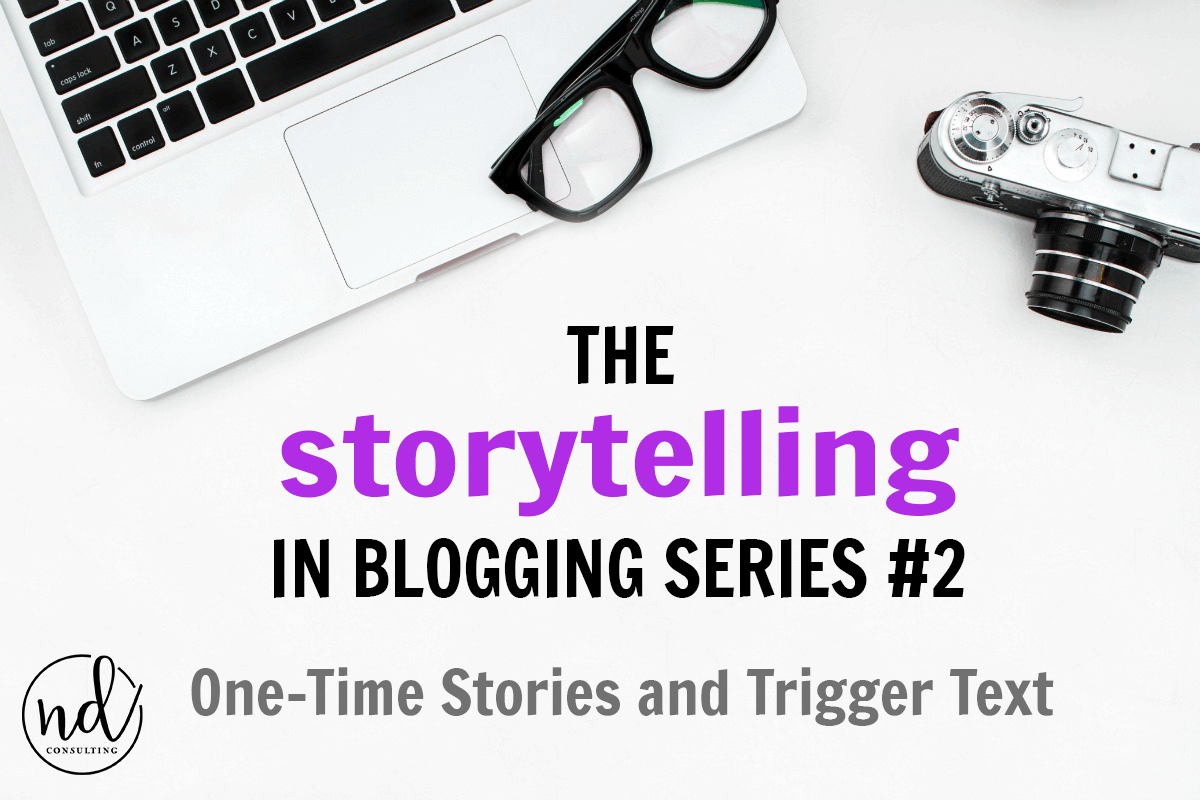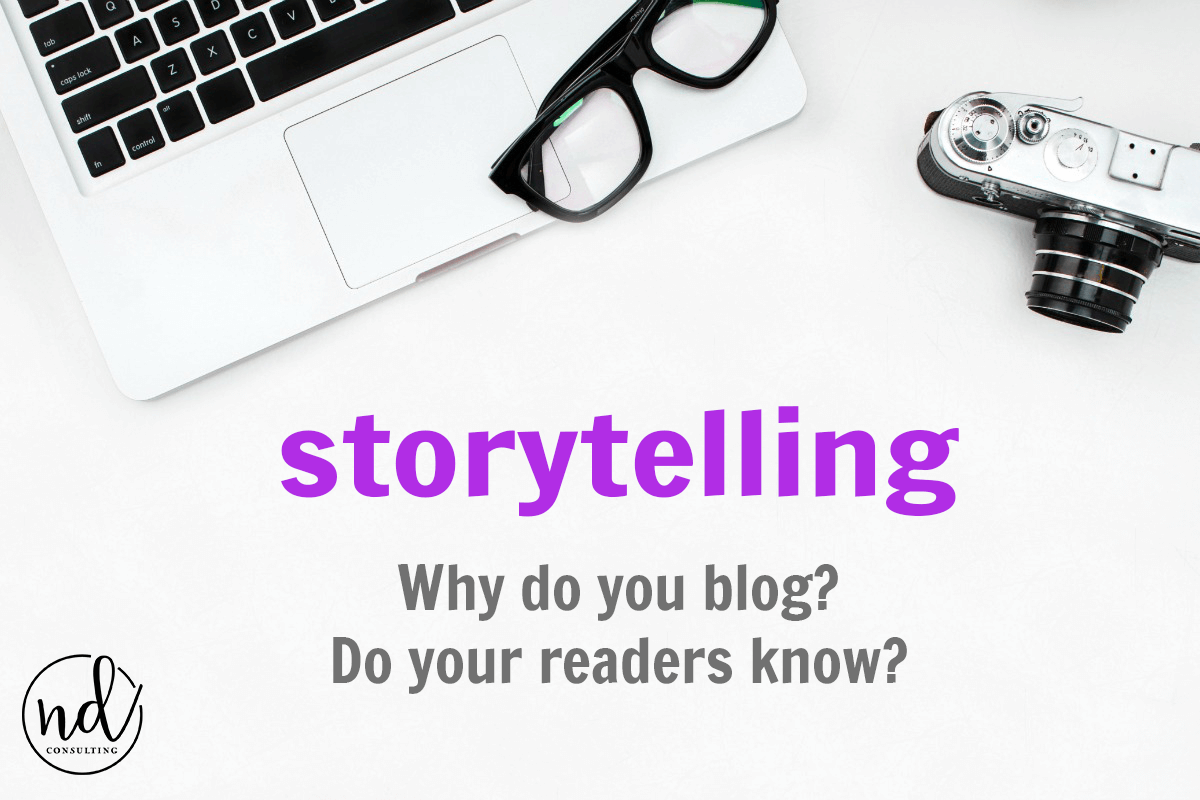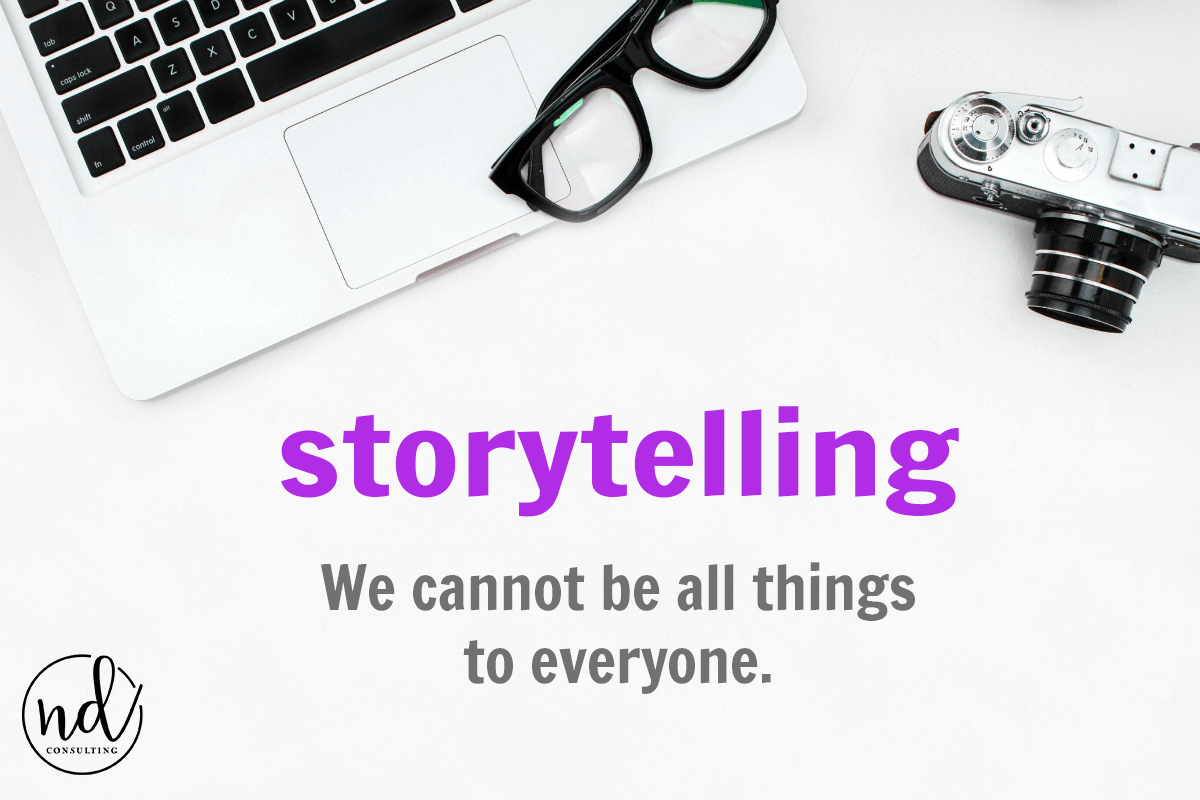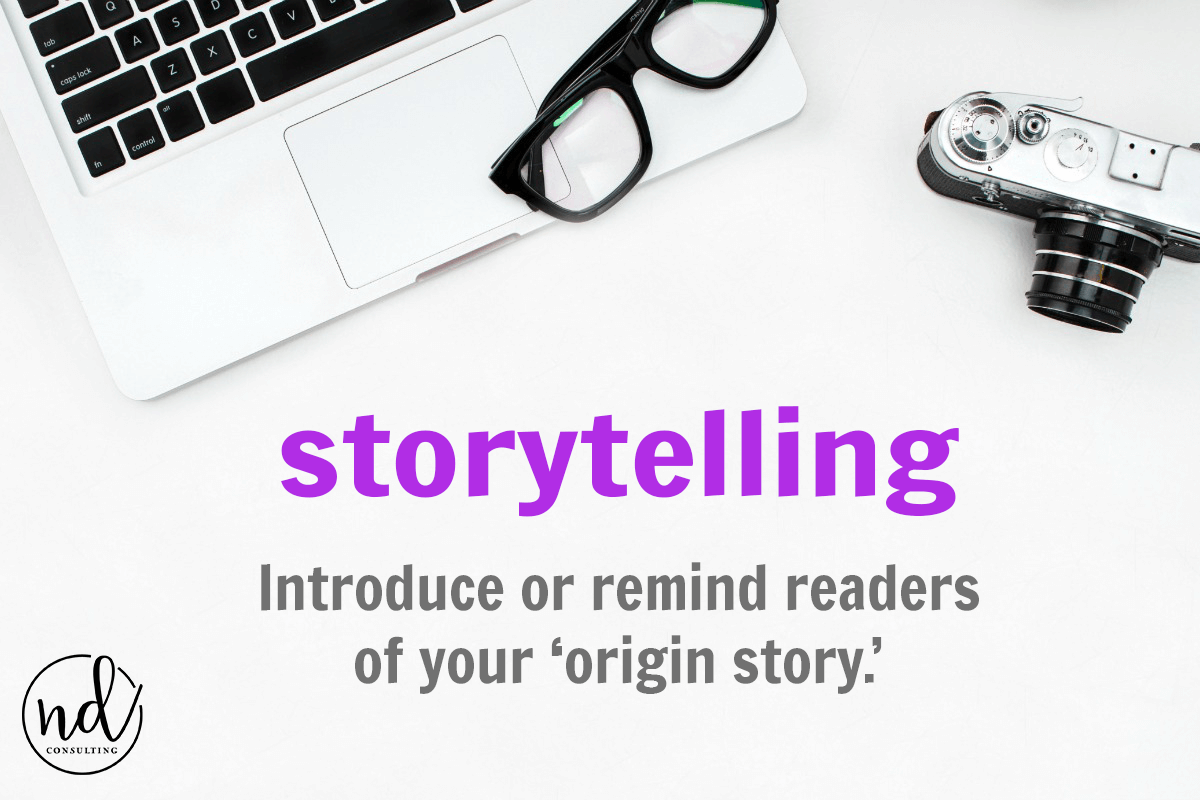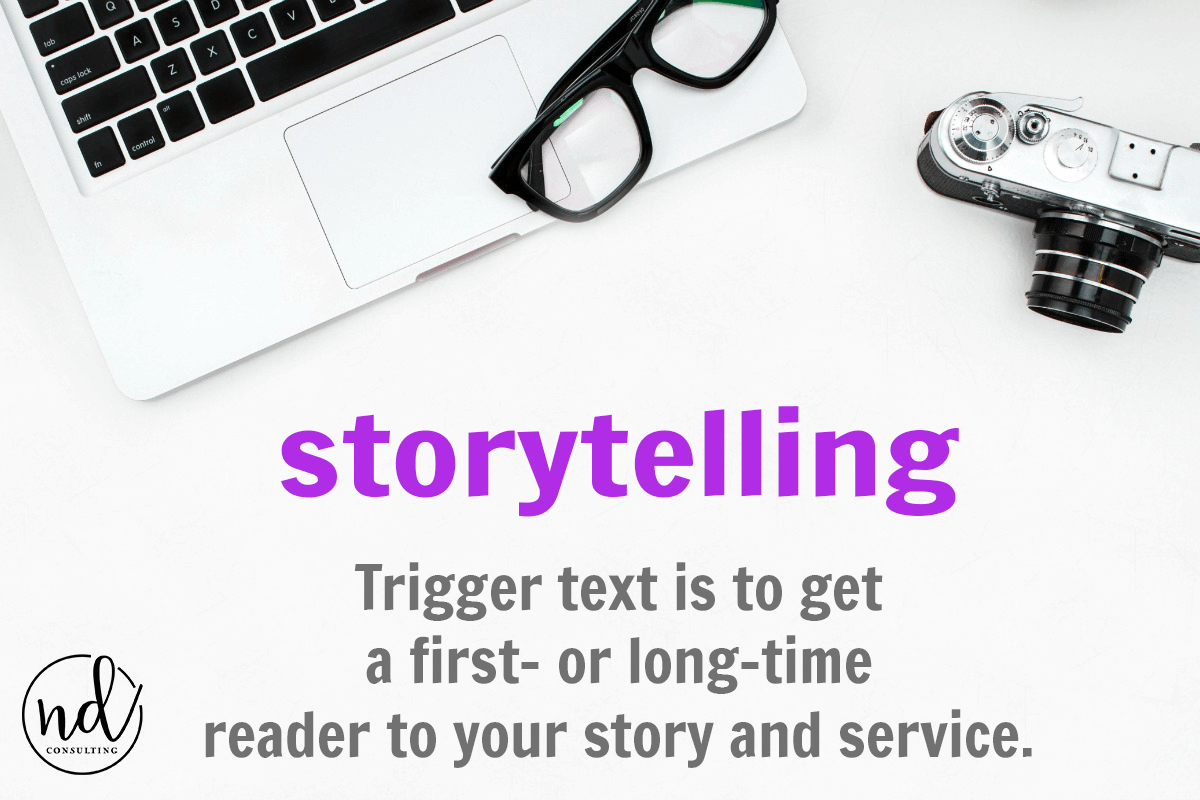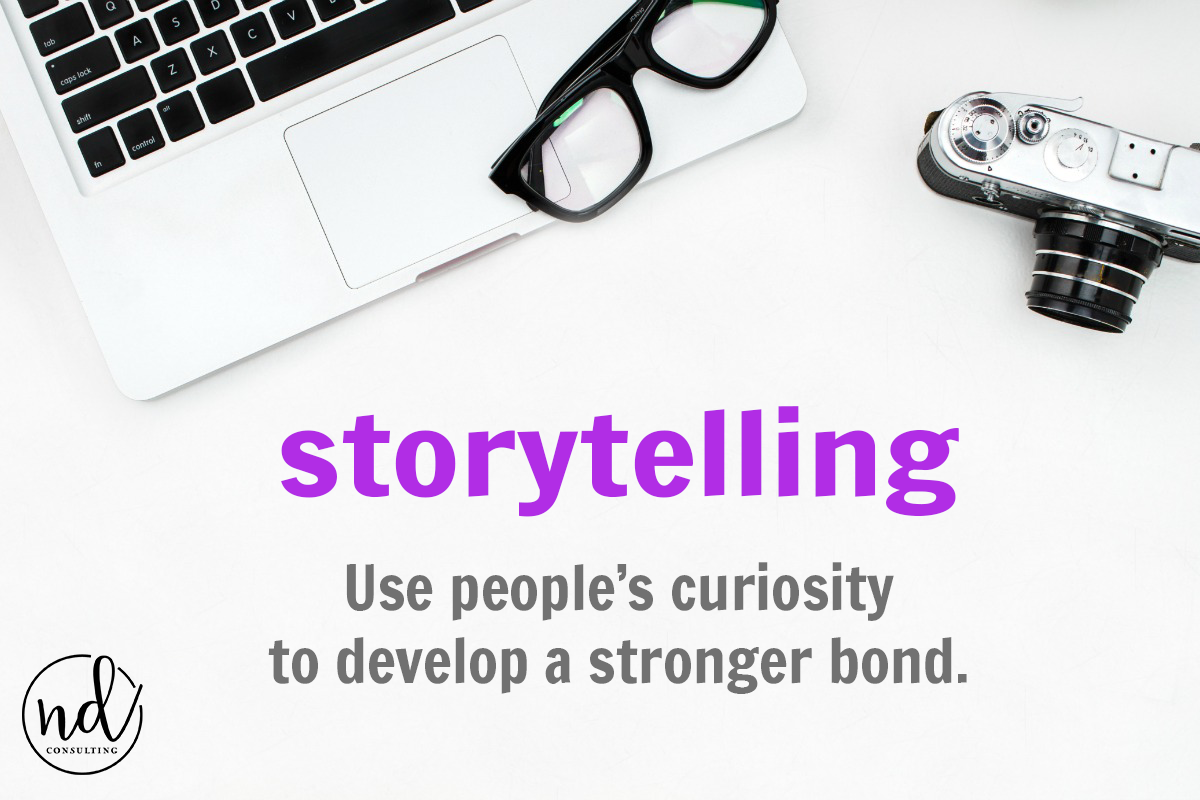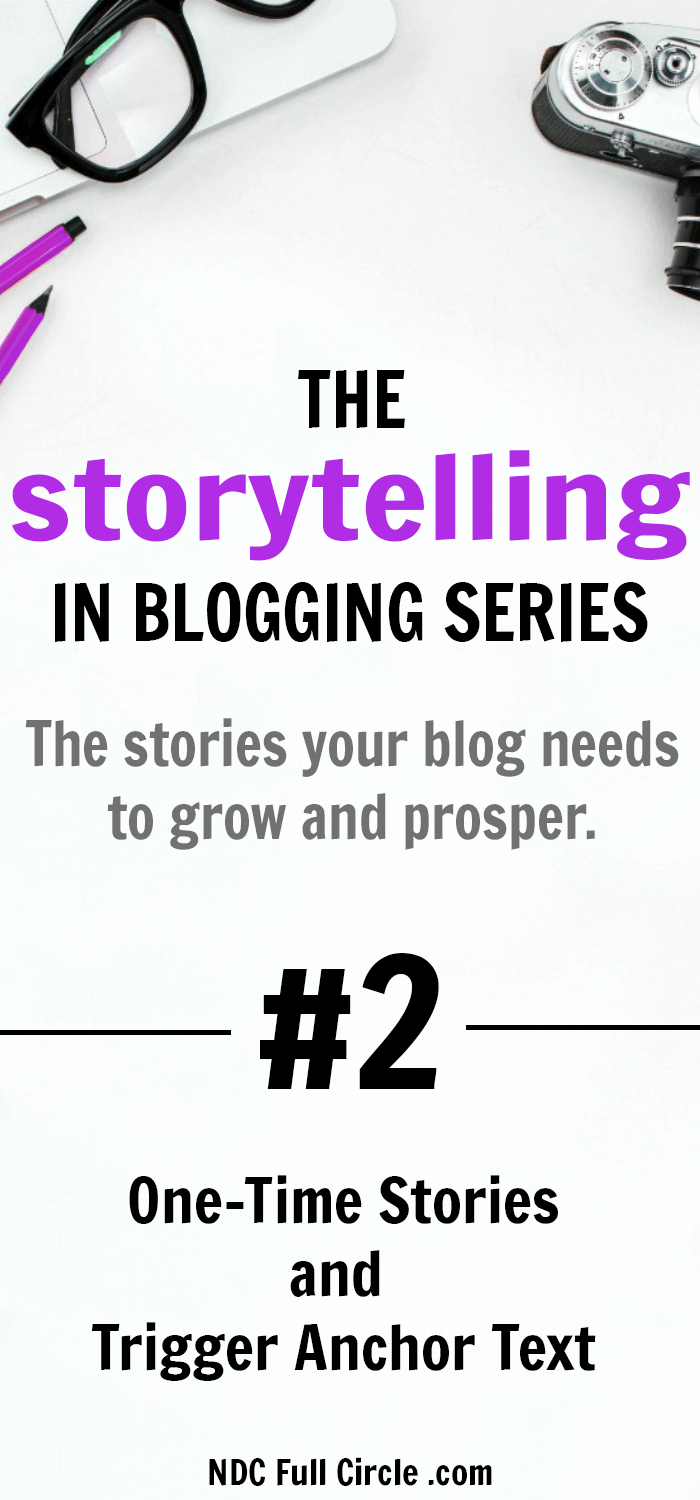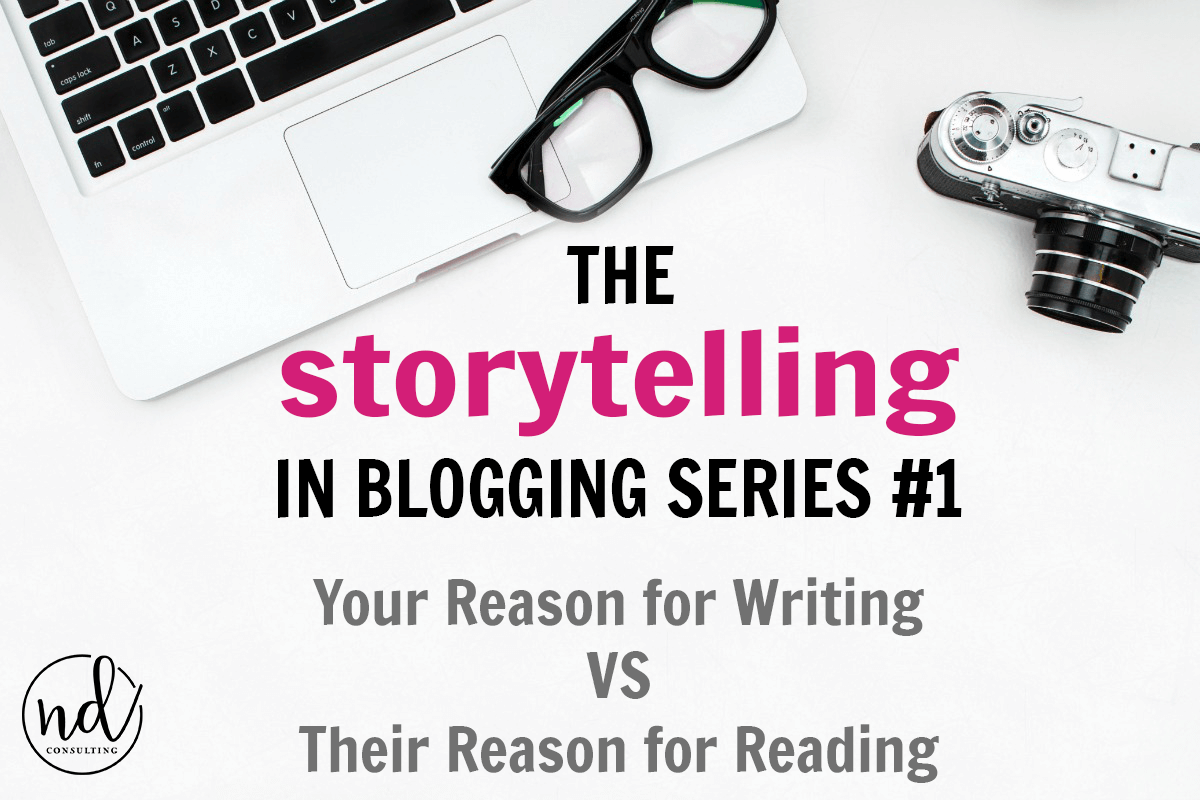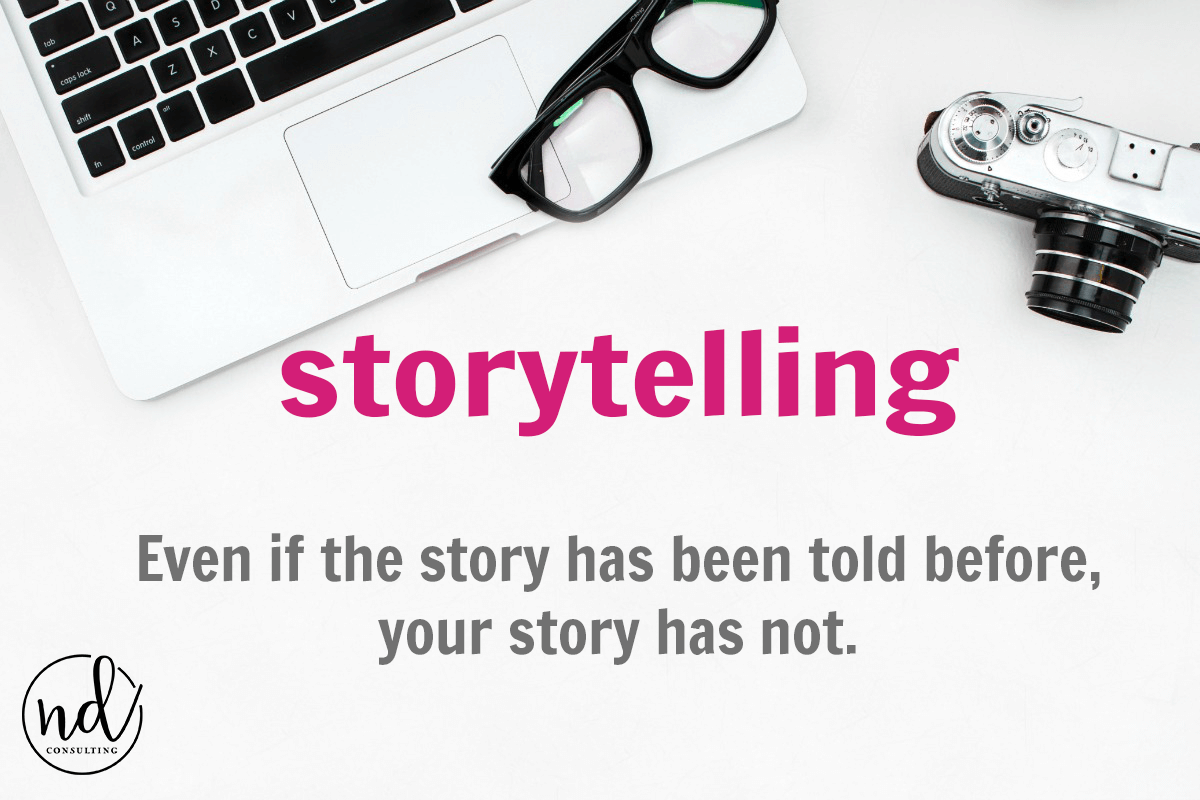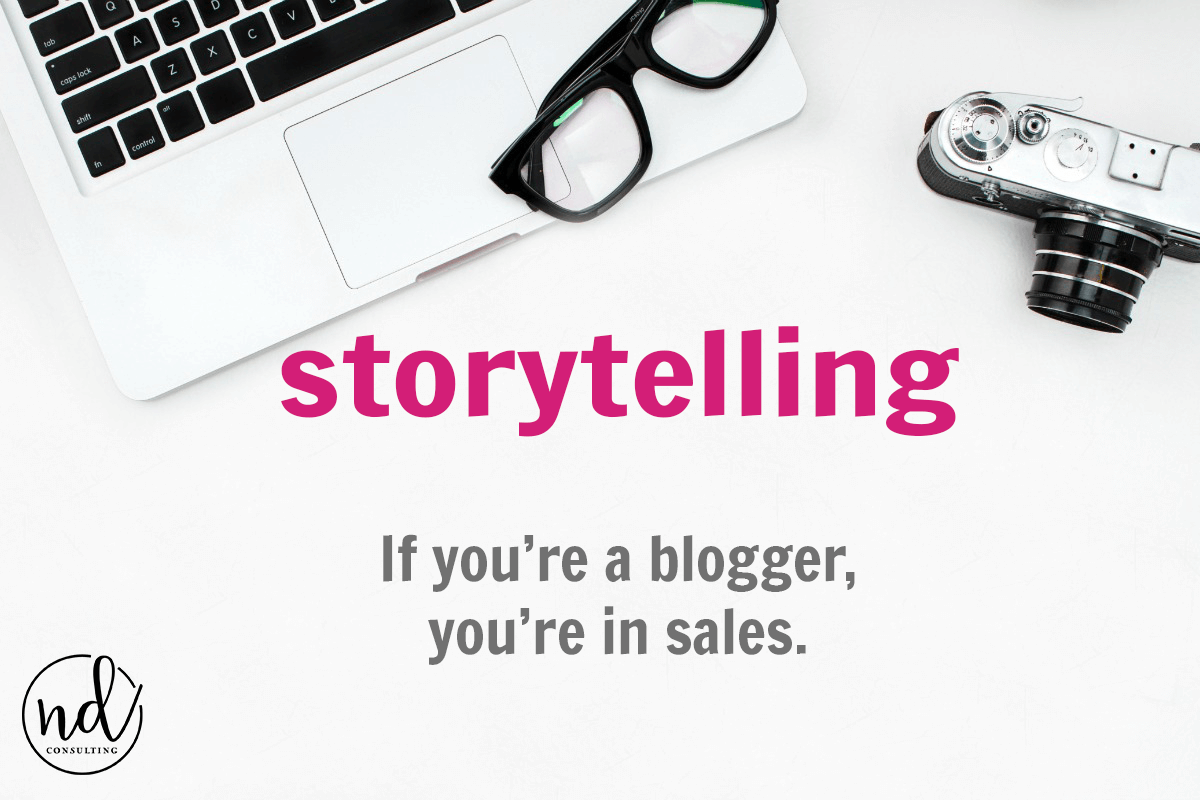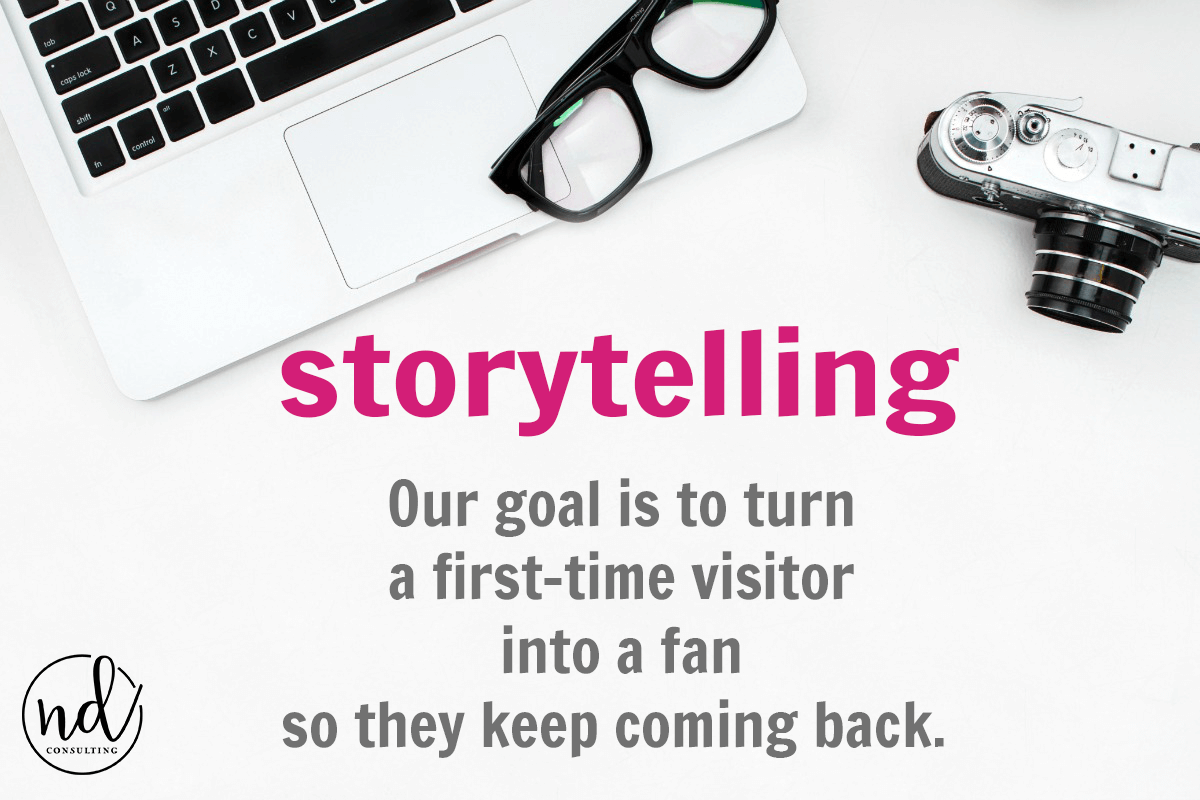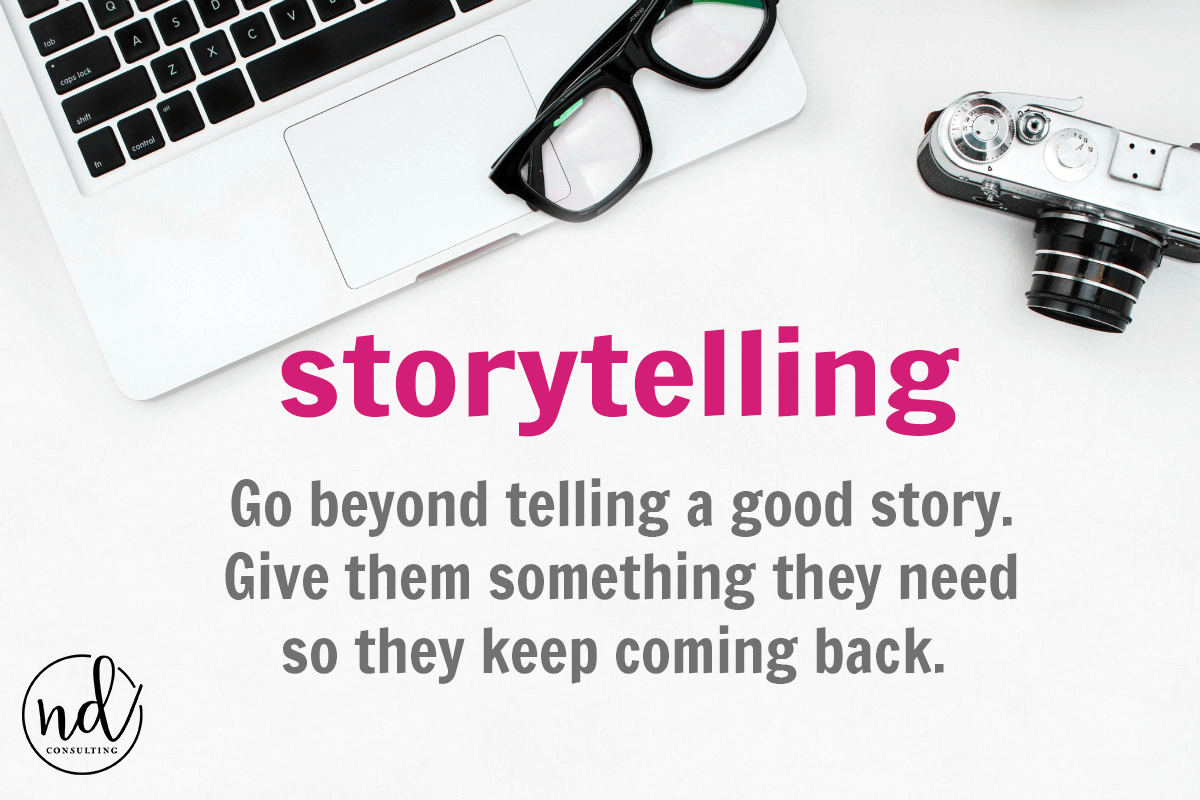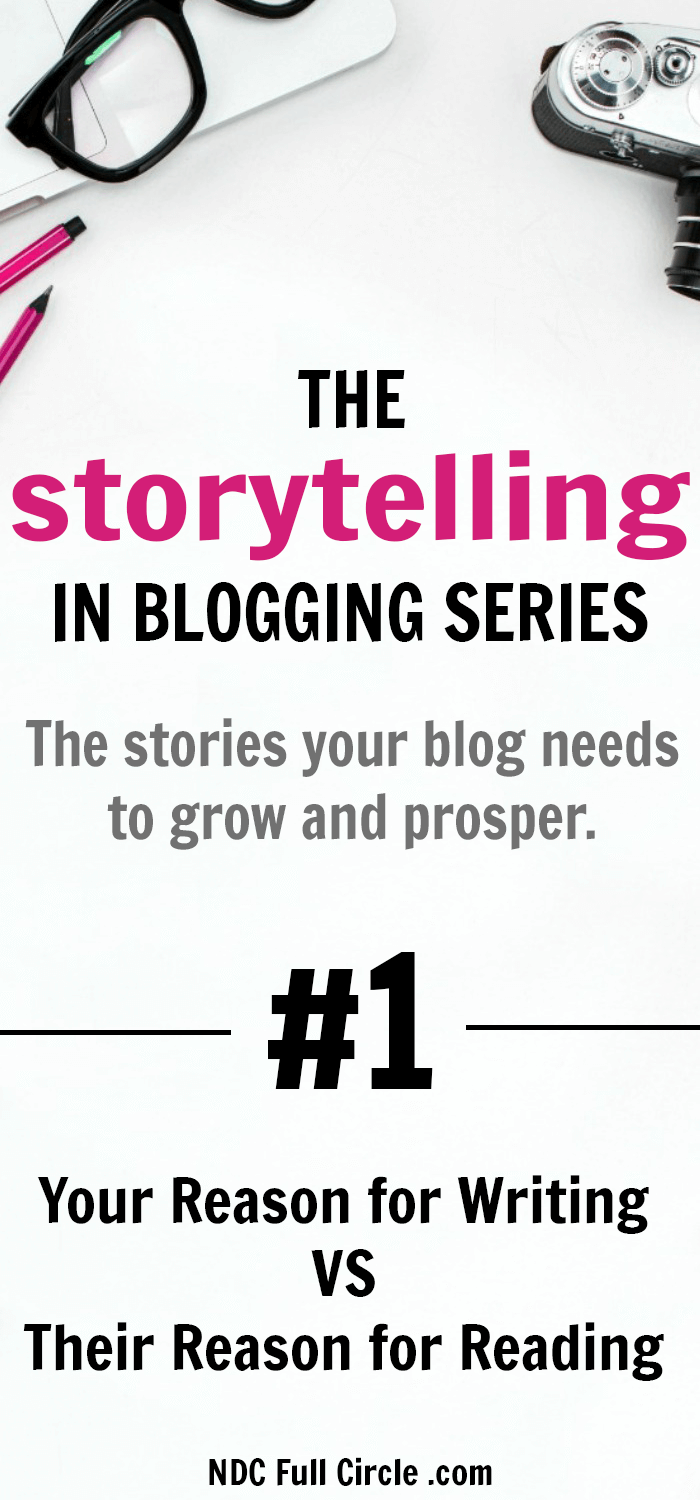Learn how to use bucket brigades in blogging – they’re one of the most valuable copywriting secrets in content marketing. Increase time on page, decrease bounce rate, and turn skimmers into readers!
Bucket Brigades: A Copywriting Powerhouse
Bucket brigades will earn you more money from your blog.
Do I have your attention? I bet you’re interested if your goal is to earn money from your online business! How about if I added this little bit of information?
You might not know what bucket brigades are but I bet you’d like to:
- keep people on site longer and
- convert more sales.
Do you want to keep going? Sure you do! Now, I bet you’re thinking you can:
- increase ad revenue through better RPMs,
- reduce bounce rate, or
- get higher positions in search results.
Storytelling in blogging isn’t just about the message, it’s about the delivery.
Storytelling in Blogging
The next installment in our Storytelling in Blogging series will detail how to use the copywriting technique of bucket brigades to turn skimmers into readers and readers into fans.
But it’s not where you should start.
The series so far (the soon-to-be-released book goes into far more detail)…
- #1 – Telling the Right Story
- #2 – One-Time Stories and How to Use Trigger Anchor Text
- #3 – Why You Should Write Emotion (and How to Write Instead)
- #4 – Visual Storytelling in Blogging
- How to Use Bucket Brigades in Storytelling (this article)
- How to Use Storytelling Off-Site
Copywriting for Bloggers
It’s no secret in content marketing that readers get distracted (or bored) while reading. When you get sidetracked reading through your own content (or you use tools like heat maps to identify weak areas), you have located an ideal spot reenergizing a reader’s interest.
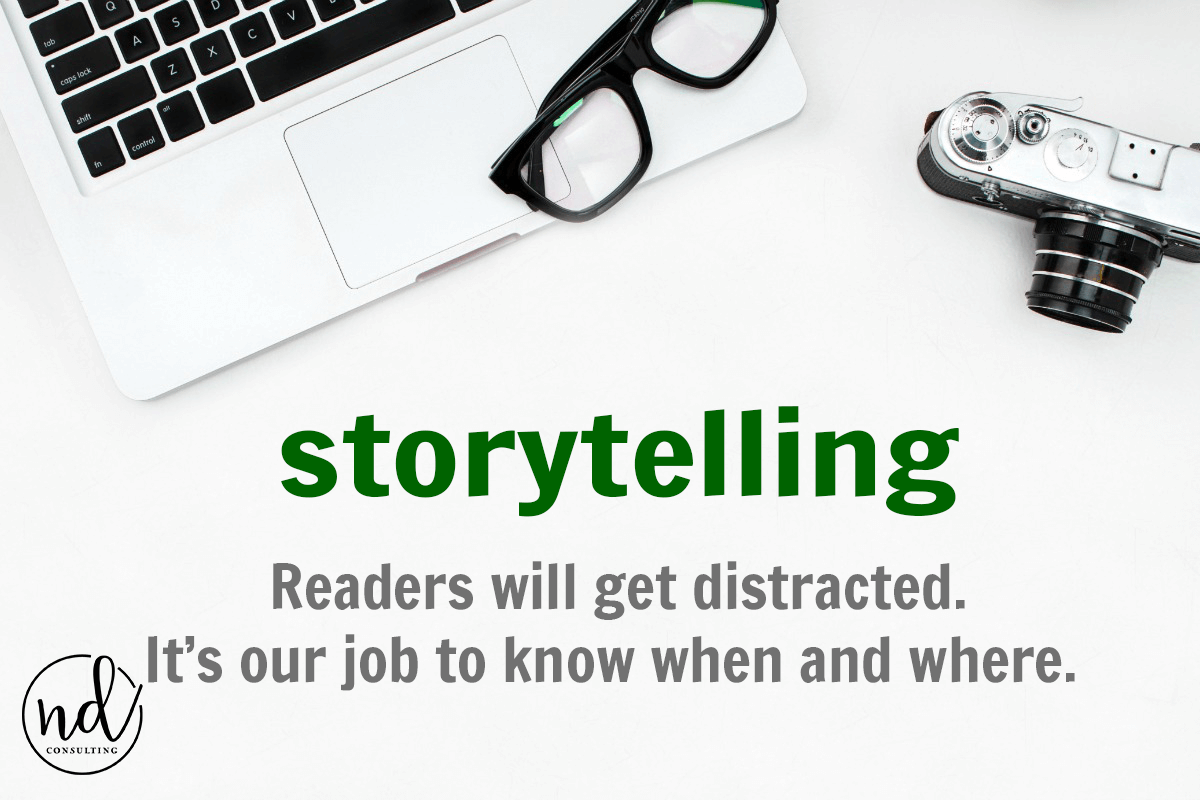
That lull in the story or wane in interest is a perfect place to add a bit of curiosity, intrigue, or suspense to keep a reader engaged.
This article isn’t going to highlight all aspects of copywriting and I promise, I go into more detail in the book about how to use copywriting for blog articles. For the sake of time and actionable advice, we’re going to detail how to use bucket brigades in blog posts to increase time-on-page and slash bounce rates.
Pro Tip: remember C.U.R.V.E. which stands for curiosity, urgency, relevancy, value, and emotion. This acronym is great for email subject line brainstorming and PERFECT for identifying effective bucket brigades.
What Is a Bucket Brigade?
One of the fundamentals of copywriting is to create a sentence which builds upon a previous one. Think of it as a bridge – a little snippet to get them to just read one more sentence.
And one more.
And one more.
Your goal is to get them to keep the reader engaged. It’s a mini call to action which says one thing: keep reading.
Where to Use Bucket Brigades
First, a warning. Bucket brigades should only appear in blog articles a few times (at most). Why? You’re using headings and subheadings to keep the reader moving. Images and storytelling also move the audience through your piece.
Because we’re not writing infomercials, we’re writing blog posts.
Now let’s talk about where in an article you can use this copywriting concept. Some of the most common places to use this copywriting strategy are:
- when you’re about to transition to a major part of the story
- if you’re transitioning to a new (but related) concept, throw in a bit of suspense or curious connector
- when the scroll gets slower or the interest starts to wane (use heat maps and read through yourself), entice the reader with a tiny call to action written all by itself on a line.
Examples of Bucket Brigades (Non-Sales Pages)
When working with clients, sometimes there is a mental block about these. The best example I can give you is how newscasters use bucket brigades to incent you NOT to change the channel.
Just before a commercial break, “Up next, a mother lifts this to save 42 children after a freak accident. You will not believe your eyes!”
Expanding on that idea (with a lot less infomercial fanfare), let’s talk specifics. Do you recall your trigger anchor text exercises? You seek the shortest, punchiest phrase possible to place within an article.
And you want to put them on their own line (or at the end of a short paragraph). You can highlight them with a bold or <strong>, however, know that if you’re writing in a conversational, “draw them in” way, you won’t need to do this often.
Here are a few phrases which act as bucket brigades:
- Do I have your attention?
- I can explain…
- Trust me, you haven’t seen this before.
- Think about that for a minute…
- But wait, there’s more! (This is sooooo salesy, but there are places this works – especially when used humorously.)
- What happened next was unthinkable.
- Consider what this could mean for you and for your family.
- Now put yourself in my shoes.
- But that’s just part of the story.
Take Action
It’s your turn to implement the concept of bucket brigades in blog posts. Go into Google Analytics and pull your highest landing page bounce rate post with the lowest time on page. There are many ways to find this, but I like to use Behavior > Landing Pages.
The results here might surprise you…
Using the past 30 days as your time frame, look through your top ten landing page traffic drivers and grab the one with the highest bounce and lowest time on page.
Use a little logic here and ask yourself, “Is this a post which lends itself to the use of bucket brigades?” Some craft and recipe posts might have a high bounce and low time-on-page because they’re checking ingredients or materials. If you believe this is the case, move onto a different post (or page) only after you’ve optimized the introduction.
Over to You
Some people inherently write using bucket brigades. What about you? If this is something you know (or want to learn) come on into the Elevate Everyone group on Facebook.
One more thing (before you read another Storytelling in Blogging article linked down there)… Will you please pin this to your favorite blogging board on Pinterest or share it in your best blogging group on Facebook?
Your shares are how this site will grow (as you know). I sincerely appreciate it.
